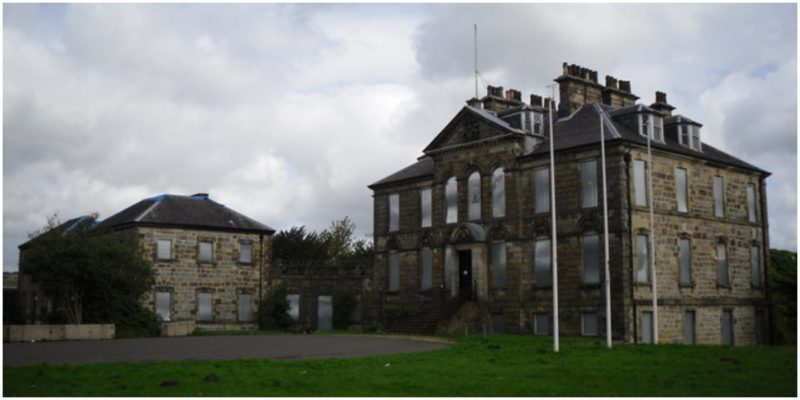Cumbernauld House and its park lie next to the Cumbernauld Glen Wildlife Reserve near Glasgow, Scotland. The house is very old and was built on the foundations of an even older castle, which also carried the name of Cumbernauld. Some of the rocks that were once part of the castle were reused in the construction of the house.
In more recent history, the house was used as a film set for the movie Cumbernauld HIT, (1977) — “A James-Bond type fiction film about an evil woman’s plans to ‘hijack’ the New Town of Cumbernauld,” according to Scotland on Screen.
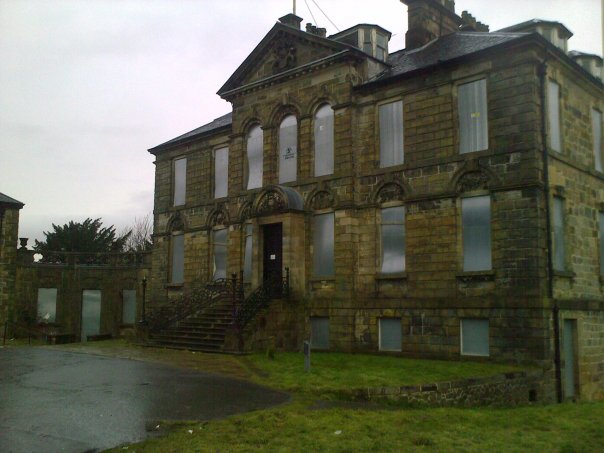
Cumbernauld Castle was an important place while it was still functioning. In 1562, the family who lived there hosted Mary, Queen of Scots. Upon her visit, she planted a yew tree on the grounds of the castle, and the tree still stands today.
One peculiar event marked her stay.
While most of the queen’s party was out hunting in the woods (what is today known as Cumbernauld Glen Wildlife Reserve), the ceiling in the great hall collapsed. The queen was not hurt at all; however, seven or eight people lost their lives.
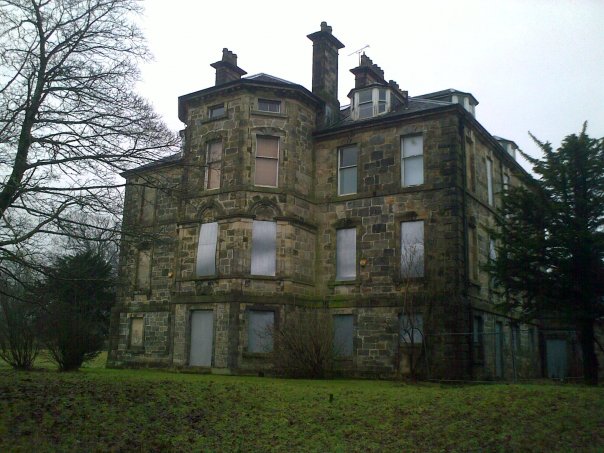
After the fall, the castle laid in ruins for many years until the late 1720s. Things changed when John Fleming, 6th Earl of Wigtown and owner of the estate, made a request to the most prominent Scottish architect at the time: Mr. William Adam.
Adam made the plans for a great house and it was recognized as one of his best works. The house changed owners many times.
In 1747, it passed from the Fleming family to the Elphinstone family, and then in 1861 into the hands of the Maude family. At this time, more structures were added: a gamekeepers cottage, summerhouse, kennels, and a dovecote. From these, only the dovecote remains today; all the rest were demolished.
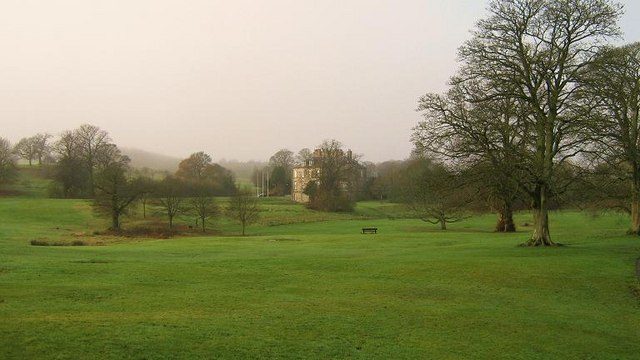
In 1870, the house was reconstructed, renovated internally, and sold some five years later to John William Burns, who bought it for £160,000 ($209,000).
The Burns’s lived there for seven years, during which period it caught fire and was severely damaged. They carried out repairs and continued to live there until they sold the estate to the government in 1955. The local government had plans to develop the area around the house.
It was used as a headquarters for the newly-formed Cumbernauld Development Corporation and later for North Lanarkshire Council. After the passing of the sole housekeeper Stewart Law, who died in 1958, it lay empty for about ten years.
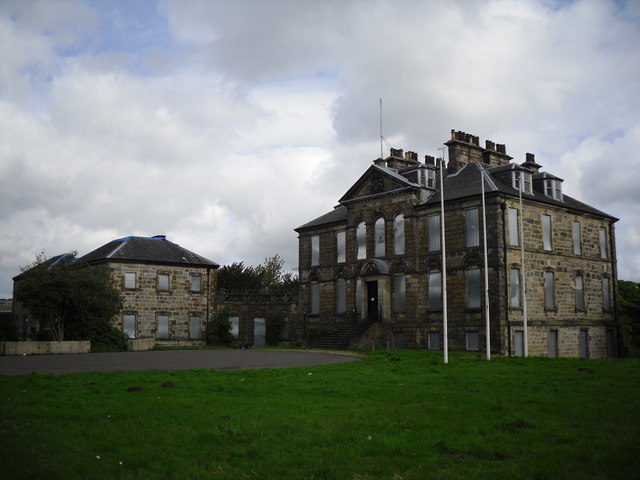
At the begging of the new millennium, it underwent full restoration works. Since then, it stands strong and seems full of life.
Another Article From Us: Drone Footage: The Abandoned Island of Malta
An idea to turn it into a national museum of photography was born as a former resident of the house, Lady Clementina Elphinstone-Fleming, was a pioneer photographer in the Victorian Era. However, this plan was declined by the local government due to, of course, a plan to turn Cumbernauld House into private luxury apartments.
